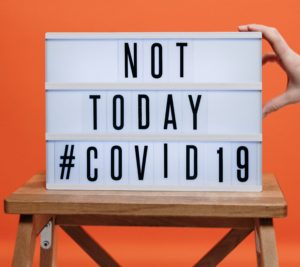Communication can either make or break a project. Too much, too little, and using the incorrect mode of communication can cause confusion, enable disengagement and create friction on teams. For project managers, the mode of communication begins with an understanding of all relevant factors – team size, team stage in development process, stakeholder involvement and project constraints. A study conducted by the Project Management Institute (PMI) describes communication as a core competency that, when properly executed, connects every member of the project team to a common set of strategies, goals, and actions. Here are some communication strategies we use to complete projects on time and on budget.
Meet Face-to-Face
Good old-fashioned, in-person meetings remain the most effective mode of communication. Regular meetings with project stakeholders builds camaraderie and strengthens relational trust. Additionally, it is important to read the body language and facial expressions of others, especially when presenting a new concept or idea. Face-to-face communication also advances decision making because it eliminates the back and forth exchanges that occur via email or phone.
Use Technology To Your Advantage

When you cannot meet face-to-face, there are countless technological tools available to keep projects moving. Video conferencing applications Zoom and Google Hangouts are safe, free, and support up to 100 participants. For task management, skip the meeting and save time by sending action items via email or use a task tracking tool- we use Asana.
Utilizing email or task management tools to report action items discussed in meetings ensures there is no delay in execution.
Report Project Updates Regularly
When kicking off a project, determine the appropriate frequency of project reporting based firstly on client’s needs and secondly on project type. For example, weekly progress reports are recommended for website build projects because of their fast-moving nature. However, “less is more” for municipal clients who prefer monthly reporting to coincide with board meetings. Know your client’s expectations, assess the project type, and share your reporting commitment with stakeholders so they can rest easy knowing they will be updated on a recurring basis.

Now, more than ever, effective communication is critical to the success of projects large and small. During this global pandemic, we have found ways to adapt our communication as a team and keep the momentum going. We have a morning team call daily and an email “checkout” at the end of the day. This helps to keep the team engaged and accountable while we all work from home.
Find the channel and frequency of communication that works for your team and stakeholders and stick to it as long as it works – adjust as needed.

